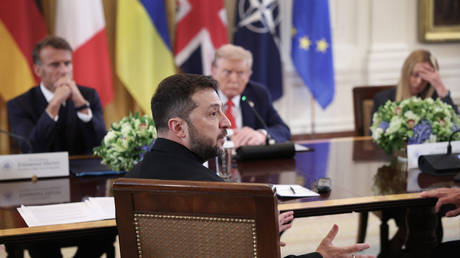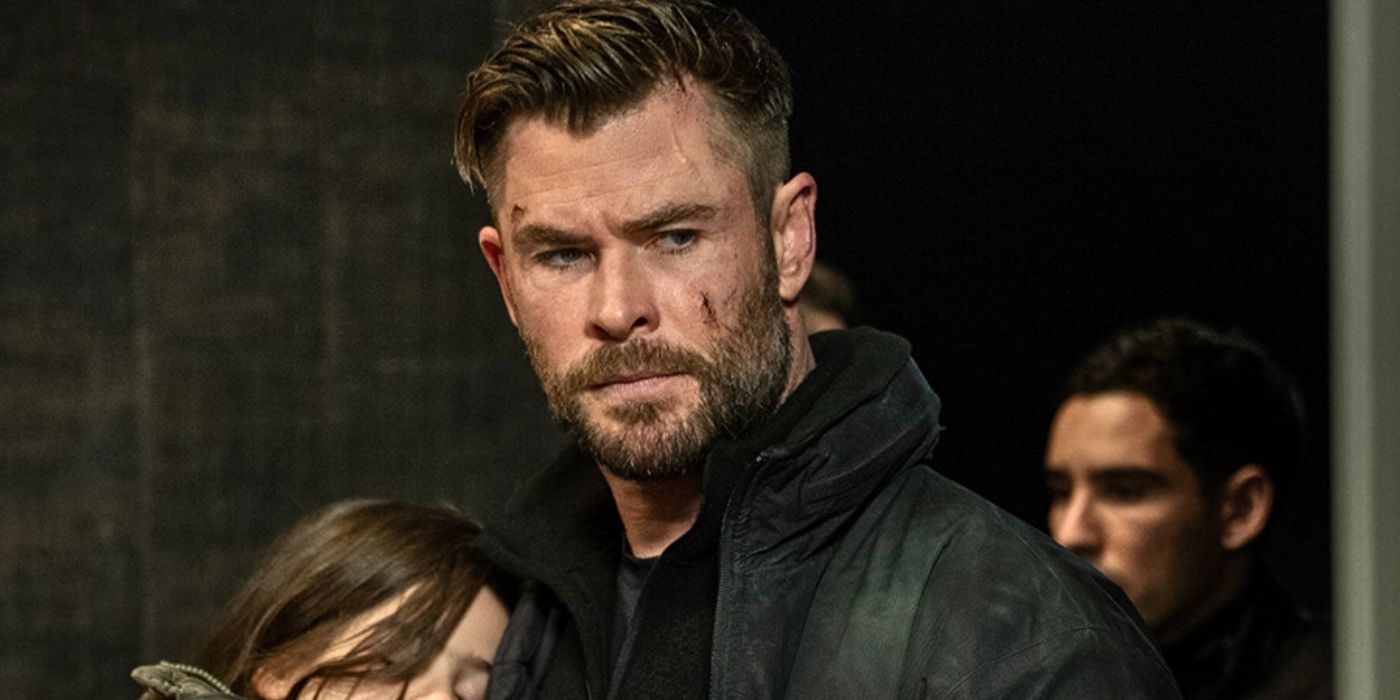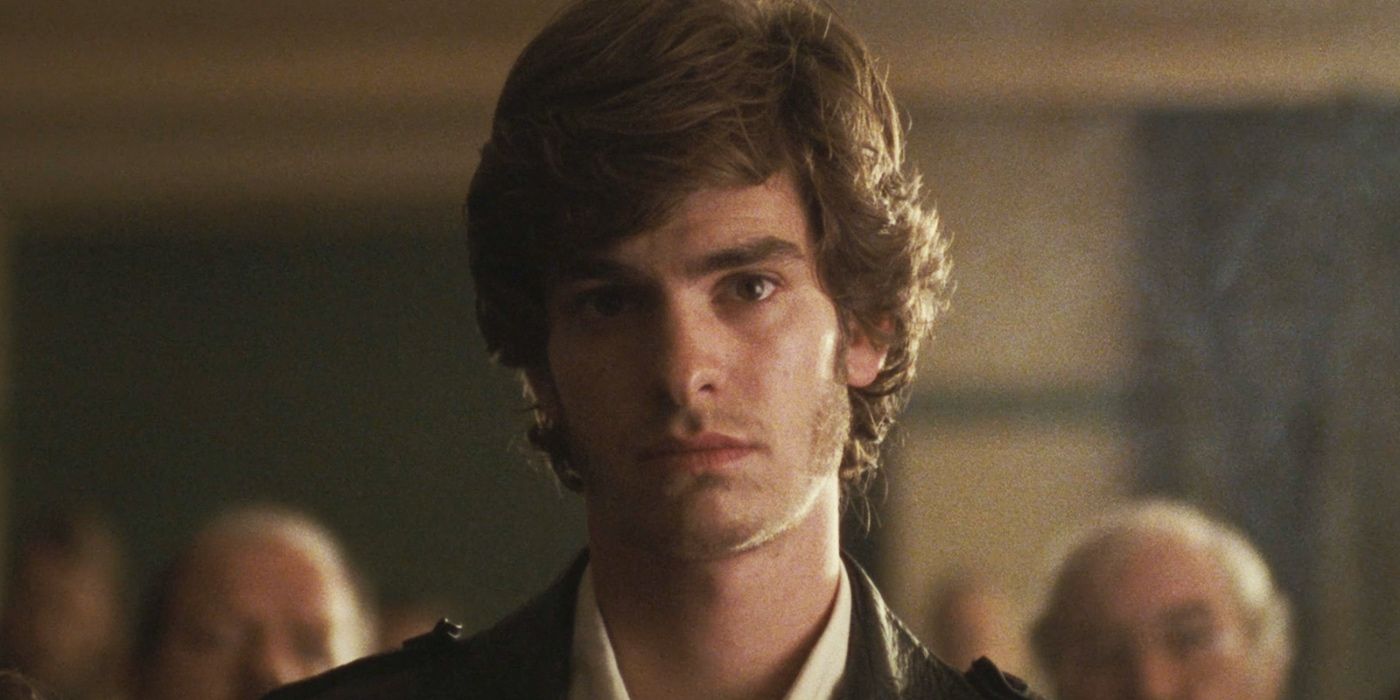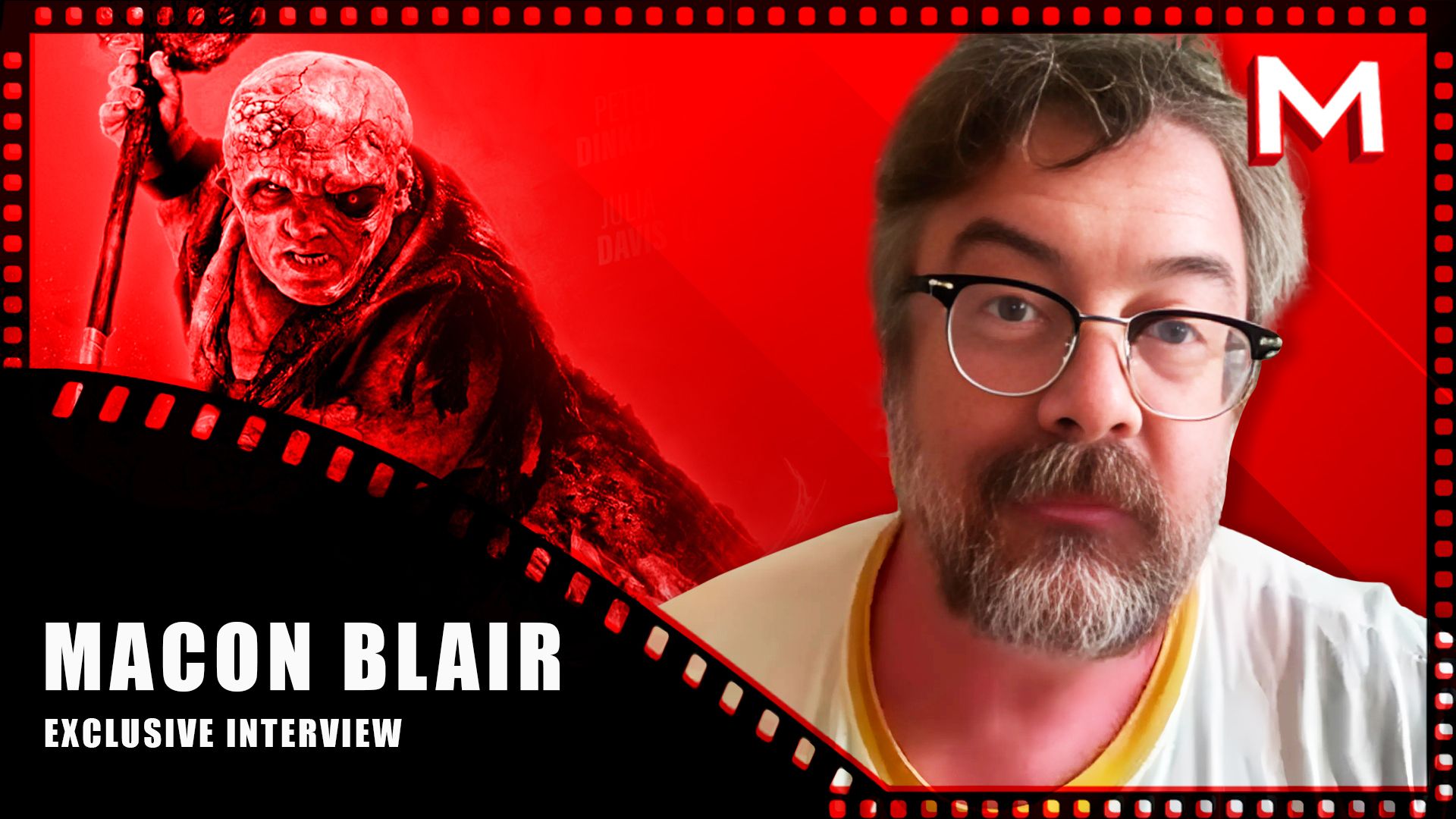How the science of storytelling helps creative collaboration
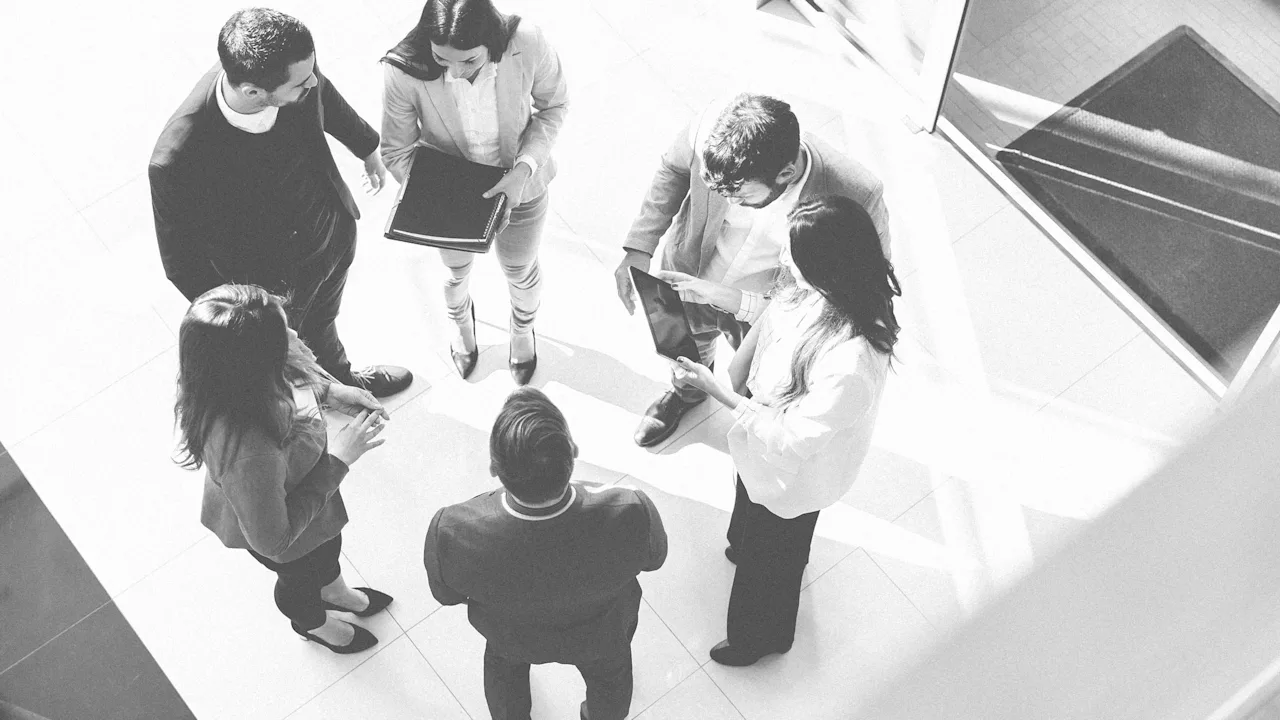
A while back, we facilitated a strategy workshop for a leadership team at a law firm. We felt confident going in and opened by setting the context with facts and data. We moved through our slides and discussed the urgency for change. Finally, we shifted focus to the team to get ideas and solutions to their problems.
Unfortunately, the workshop fell flat. People were uninspired and disengaged. Senior leaders dominated the conversation, and their ideas lacked creativity. It was not our finest work.
That’s why in our next session, we decided to change things up a bit. Katie opened by sharing a story about the magic she’d experienced working in a team where everyone was truly aligned and clear on purpose. We then asked the leaders to share when they had experienced this team at its best and what had created that magic.
As each person shared their story, the energy in the room began to shift. This time, people leaned in, listened intently, and built on each other’s ideas. The conversation became more engaged, constructive, and focused on practical solutions. By the end, the team had developed a set of tangible actions that everyone was committed to implementing.
Storytelling is a powerful tool for problem-solving and collaboration. By tapping into people’s emotions and lived experiences, it opens up new realms of possibility and inspires commitment to action. And the “magic” we feel in these situations is based on neuroscience.
Two neural networks for different thinking
Our brains have two neural networks that govern two distinct types of thinking: the task-positive network (TPN) and the default mode network (DMN). The TPN is active during strategic, mathematical, logical, and rational thinking, while the DMN is engaged when we think about people, emotions, experiences, and creativity.
These networks are antagonistic. They operate like a seesaw—when one is active, the other is quiet. They are also responsible for emotional states. When we engage the TPN, we tend to be in a more negative, backward-looking state, which can make us less open to creative thinking and new possibilities. But when we activate the DMN, we are in a more positive, forward-looking state, which enhances our ability to think creatively and embrace new ideas.
So, what does all this have to do with creative problem-solving and collaboration? Let’s go back to our first workshop (which we’ll admit was a failure). We started with facts and data, and we assumed this was the best way to frame the context. But science shows that data and facts activate the rational, logical, negative TPN, and reduce activity in the creative, positive DMN. By beginning with logical and rational information—even with the best of intentions—we’re shutting down the cognitive and emotional pathways to people’s most innovative solutions.
So, how can we stay open to new concepts, collaborate, and solve complex problems creatively? How can we reliably and easily create these “magic” meetings?
Stories
Storytelling has a remarkable ability to activate the DMN by engaging our creative thinking and putting us in a positive, forward-looking emotional state. By using storytelling to tap into the DMN before presenting data or discussing a problem, we prime our brains to be more open, less defensive, and more receptive to new ideas and possibilities. That sets us up for that “magic” feeling.
Recent research suggests that storytelling may even help us activate multiple networks simultaneously. That’s because it requires both goal-directed thinking (seeking to process the story’s content) and self-referential thinking (relating the story to our personal experiences and emotions). Both of these things can help us overcome the seesaw relationship between these networks.
Storytelling can also bring groups into a state of coherence and synchronicity. Studies have shown that when groups enter this state, their heart rate, heart rate variability, and brain waves synchronize. In this state of synchronicity, they are more effective at problem-solving and collaboration. So, not only does storytelling activate the neural networks that will help us problem-solve creatively as individuals, it also impacts our collective brains.
How to harness the power of storytelling
So, how can we ensure optimal performance from individuals and the team as a whole during those gritty problem-solving meetings? Following these simple steps to unlock the power of storytelling.
- Identify your story: This might be about a future state you want to achieve, a past experience that highlights key lessons, or a current situation that illustrates the challenges you face. If you’re not sure where to start, begin with the prompt “think of a time when . . .”
- Write your story: Make it authentic, engaging, and relevant to the problem at hand. Use vivid language and sensory details to draw your audience in and help them connect with the story on a personal level.
- Let go of perfection: You don’t need to be Brené Brown or Barack Obama to make an impact. It’s your genuine connection to the story that matters most, not how polished a storyteller you are.
- Open with your story: Don’t recite the story like you’ve been called on in class. It’s far more compelling and connecting if you tell it from your heart.
- Encourage others to share: Invite group members to contribute their own stories or experiences that align with the outcomes you’re seeking. This helps create a shared vision and foster a sense of unity and purpose.
- Explore the current situation: After storytelling, discuss the current problem and the evidence at hand. Encourage the group to view the problem through the lens of the stories you share, which focuses on possibilities rather than obstacles.
- Brainstorm solutions: Have the team generate ideas and possible solutions. Use the stories as a reference point to guide the brainstorming process, and keep the group focused on the desired outcomes.
- Develop an action plan: As a group, identify the most promising solutions and create a clear action plan for implementation. Regularly refer back to the stories to maintain motivation and alignment with the overall vision.
Unleash the scientific magic of storytelling
Storytelling is a powerful tool for creative problem-solving and collaboration. It allows us to switch our neural networks in an optimal way and reliably tap into that magical flow and synchronicity, even when we’re facing daunting, complex problems.
In today’s world, great team collaboration and problem-solving are no longer just nice-to-have skills—they’re essential. If you start embracing the power of storytelling with your team today, you’ll reap the benefits just that much sooner.
What's Your Reaction?
 Like
0
Like
0
 Dislike
0
Dislike
0
 Love
0
Love
0
 Funny
0
Funny
0
 Angry
0
Angry
0
 Sad
0
Sad
0
 Wow
0
Wow
0







